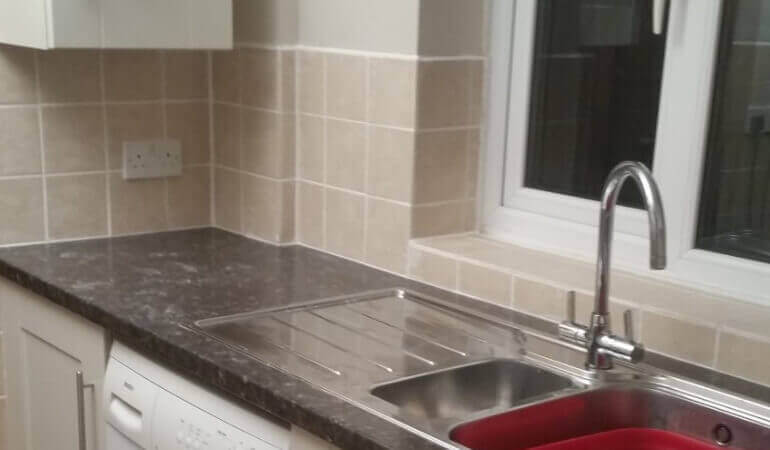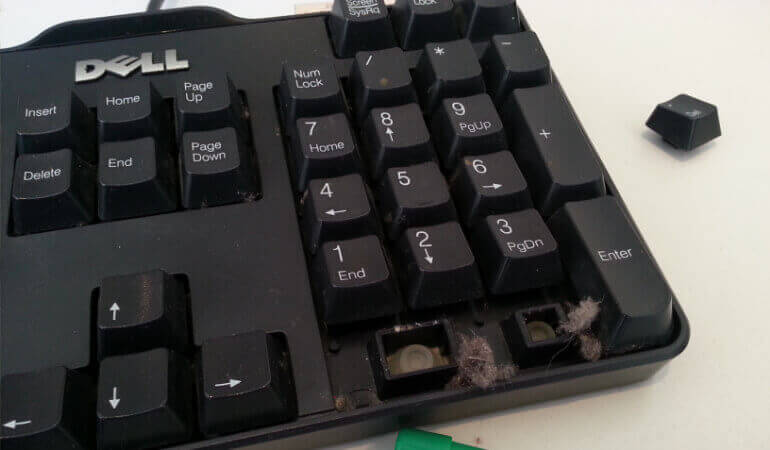

Kitchen sink can be used not only for food preparation, washing up dishes but also cleaning items. Grime, dirt and bacteria can quickly accumulate in the sink basin and around the taps. To maintain your kitchen sink’s cleanliness and to kill bacteria you should regularly clean your kitchen sink. There are different types of sinks, each has its own cleaning method.
How to Clean Stainless Steel Kitchen Sink
To maintain stainless steel sinks you should rinse and clean daily, especially after using salts and acids in the sink. Use a sponge with a mild detergent to clean the sink, wiping all surfaces, rinsing and drying with a soft cloth.
Avoid using bleach, ammonia, abrasive cleaners and steel wool on stainless steel sinks because it could damage the finish.
Use baking soda and sponge to remove build-up grime and stubborn stains. Sprinkle baking soda over the sink and then use a wet sponge to clean, then rinse and repeat if needed.
How to Clean Cast Iron Kitchen Sink
Rinse the sink thoroughly after each use and dry with a cloth. Baking soda and wet sponge is the best option for deep cleaning cast iron sinks. Don’t forget to rinse after, completely removing all baking soda residue.
Avoid using abrasive cleaners, don’t leave dirty dishes, food, tea bags or coffee grounds in the sink because it could mark and stain the sink’s finish.
How to Clean Ceramic Kitchen Sink
To prevent scratching the surface use a gel or cream cleanser. Avoid using abrasive cleaners.
How to Clean Taps
Use a clean cloth or a sponge and warm soapy water. Hard to reach areas can be cleaned with a toothbrush, warm water and baking soda, scrubbing gently and then rinsing.


